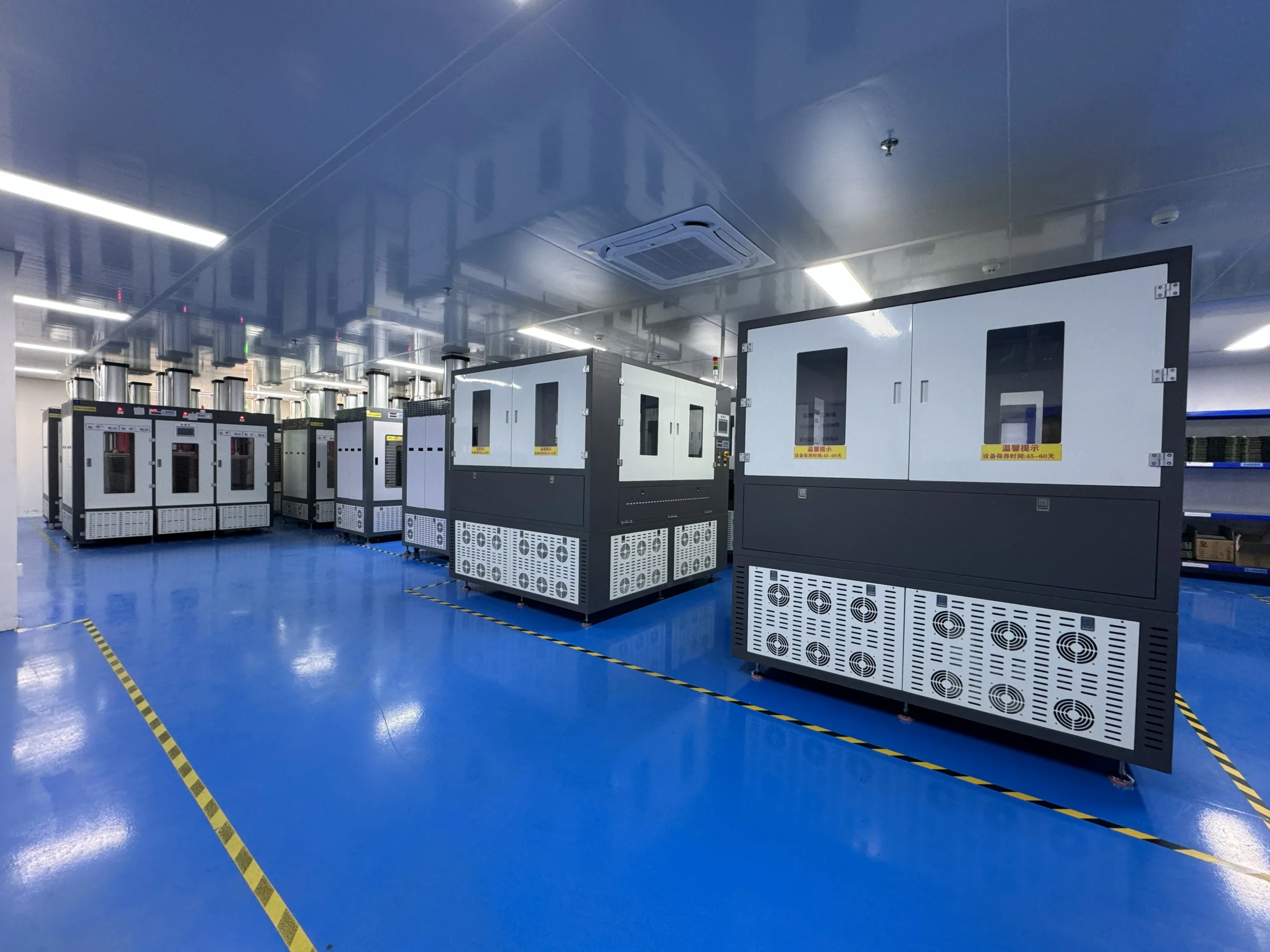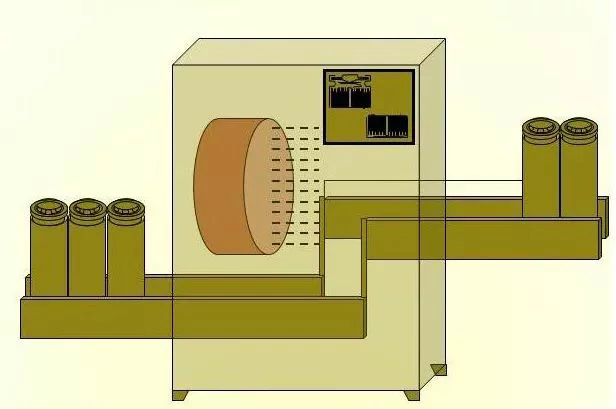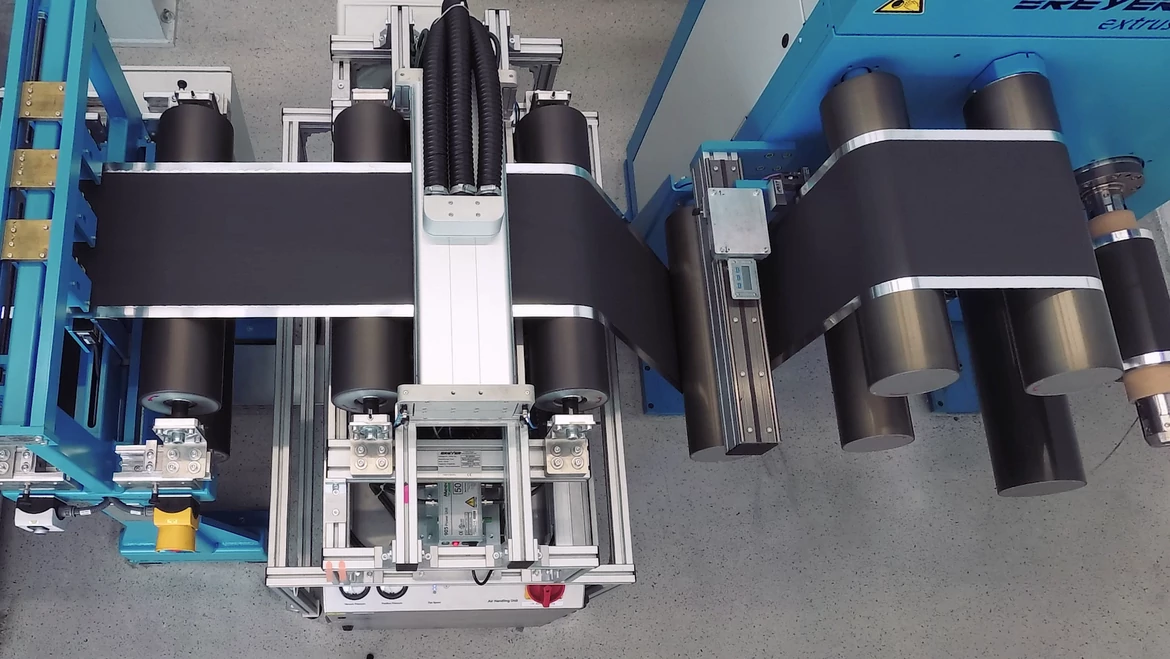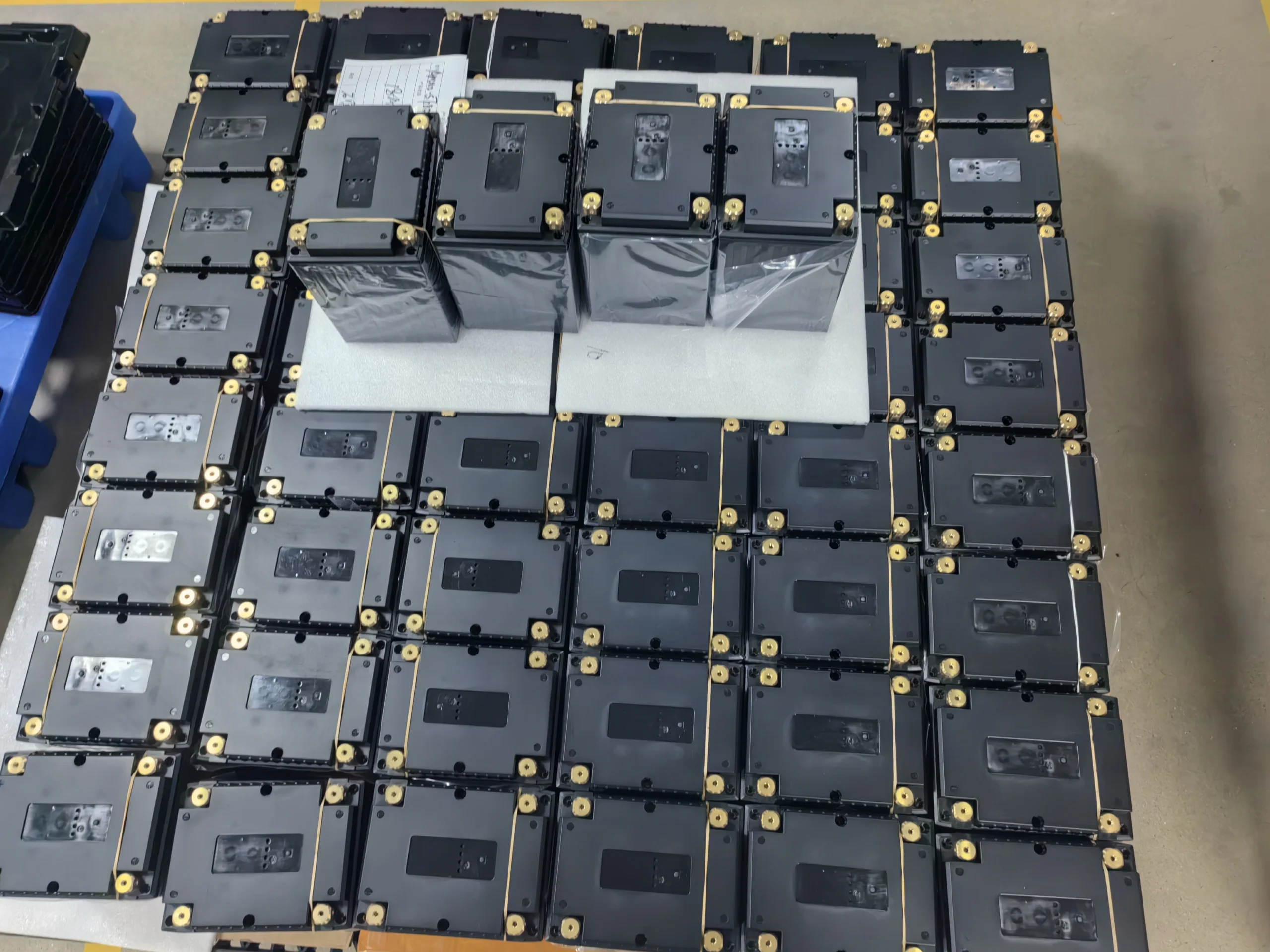Main Drying Technologies for Lithium Battery Electrodes
main content
Modern lithium battery manufacturing relies on advanced drying technologies to optimize electrode performance and production efficiency. Three primary methods dominate the industry: hot air convection ovens, infrared-hot air hybrid drying, and vacuum-microwave drying. Each technique addresses unique challenges in solvent removal, microstructural integrity, and energy consumption. Below, we analyze their mechanisms, benefits, and limitations to guide informed decision-making.
1. Hot Air Convection Ovens: High-Volume Production with Energy Trade-offs
Hot air convection ovens remain the backbone of large-scale electrode manufacturing. These systems utilize dual-sided airflow and independent temperature control for upper and lower chambers, ensuring uniform drying across electrode surfaces. By circulating heated air (typically 50–140°C), solvents like NMP or water evaporate progressively, achieving moisture levels below 3,000 ppm for stable calendering.
While ideal for mass production, this method consumes approximately 0.8 kWh/kg per electrode due to prolonged heating cycles. Innovations like multi-zone temperature regulation and nitrogen gas purging have improved efficiency, but energy costs and carbon footprints remain significant concerns.
2. Infrared-Hot Air Hybrid Drying: Precision and Speed with Material Challenges
Combining infrared radiation (1,064 nm wavelength) with convective heat, this hybrid approach accelerates solvent migration by penetrating the electrode’s inner layers. Infrared energy directly excites solvent molecules, reducing drying time by 40% compared to conventional methods. Simultaneously, hot air flow removes surface vapors, preventing solvent reabsorption.
However, excessive infrared power or uneven radiation can cause binder redistribution (e.g., PVDF or SBR agglomeration), compromising electrode adhesion. To mitigate this, manufacturers integrate real-time thermal imaging and adaptive power modulation, balancing speed with structural integrity .
3. Vacuum-Microwave Drying: Rapid Low-Temperature Processing for Sensitive Materials
Vacuum-microwave drying revolutionizes high-nickel cathode (e.g., NCM811) production by enabling solvent removal at ≤80°C. Microwave energy induces molecular resonance in solvents, vaporizing them without overheating the electrode. The vacuum environment further lowers boiling points, slashing drying time to one-third of traditional methods.
This technology minimizes binder degradation and oxidative side reactions, critical for preserving nickel-rich cathodes’ electrochemical stability. Despite higher upfront costs, its energy efficiency and compatibility with heat-sensitive materials make it a growing preference for premium battery lines.
Comparative Insights: Choosing the Right Technology
Throughput vs. Energy Use: Hot air ovens excel in high-volume output but lag in sustainability.
Precision vs. Complexity: Infrared-hybrid systems boost speed but require meticulous parameter control.
Innovation vs. Cost: Vacuum-microwave drying offers unmatched low-temperature performance, ideal for next-gen cathodes.
Emerging trends like AI-driven humidity control and pulsed microwave cycles promise further advancements, bridging gaps between efficiency and material compatibility.
RELATED BLOG

START-STOP LITHIUM battery
Enov start-stop battery is designed to provide excellent performance for high-demand start-stop vaehicles. It adopts the third-generation intelligent lithium platform architecture to achieve technological breakthroughs in core indicators such as cycle life, environmental adaptability and energy density. Compared with the traditional lead-acid battery system, the energy efficiency is increased by 210%, the cycle life is extended by 8-10 times, and the monthly self-discharge rate is controlled within 3%. Enov's unique low-temperature battery technology makes a breakthrough in achieving stable output in the whole climate domain from -30℃ to 65℃, maintaining more than 90% of the effective capacity release under extremely cold conditions (-30℃), and maintaining 90% of the capacity in high temperature environments (65℃).
The start-stop battery series products cover the mainstream voltage platform of 12V/24V/48V, and support flexible configuration of LFP (lithium iron phosphate) and NCM (lithium nickel cobalt manganese oxide) dual-material system. All models adopt modular design to support customization of different model specifications. Enuo engineering and technical team to provide full cycle technical service support, if you need, please contact us.
Other products
UAV BATTERY
LITHIUM ENERGY STORAGE BATTERY
QUICK INQUIRY
FAQ
Access to high frequency technical questions with one click, get accurate answers on product application, after-sales policy and customization process.
Service and Support
Get the latest product specifications, explore professional OEM/ODM customization services, click to open exclusive technical support and production solutions.
Become a Partner
We sincerely invite resources to interconnect, work together for win-win development, and immediately open a new chapter of strategic cooperation!




